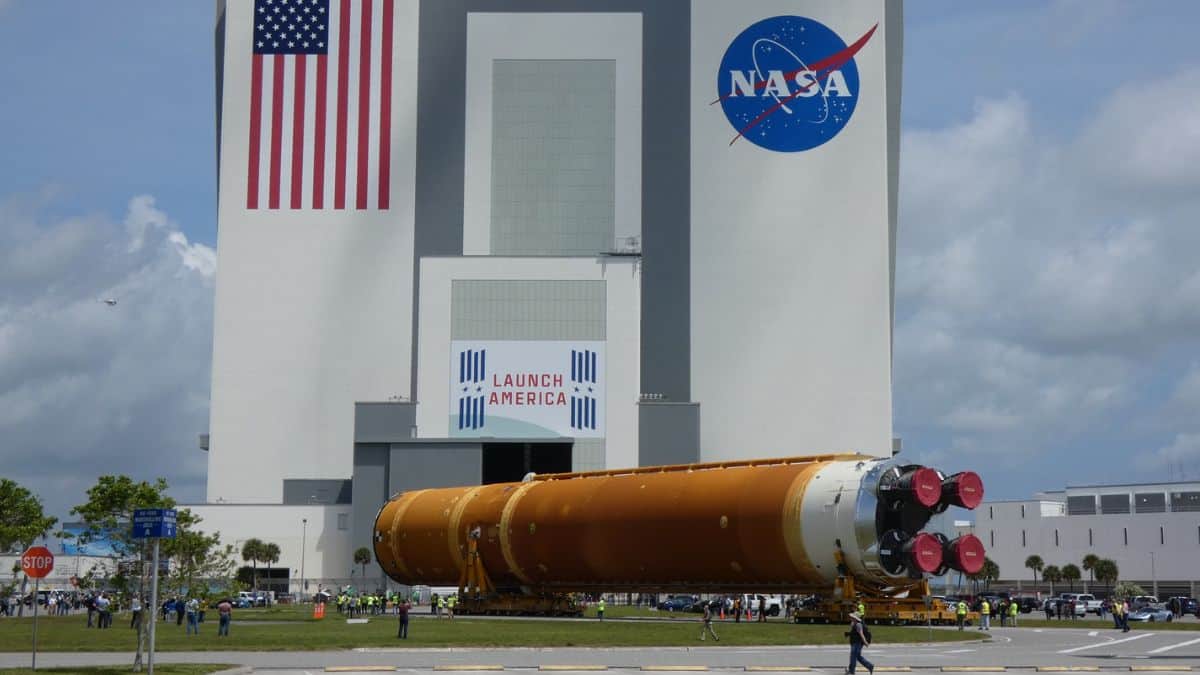NASA’s Artemis 1 is scheduled to launch during the height of hurricane season

The Artemis rocket complex is made up of the Space Launch System, the Orion spacecraft, and the portable launcher. They each weigh 5.75 million pounds. Since Artemis was hauled out to the flight pad this past week, 12 days before its planned launch, there should be enough time if there are problems to wheel Artemis back into the VAB, which is about 4.4 miles from Launch Pad 39-B. NASA estimates that this procedure takes about 10 hours.
NASA‘s first step toward its moonshot ambition, Artemis I, is scheduled to launch during the height of hurricane season and may encounter a storm of issues as the agency moves closer to a future return to the moon. Between August 29 and September 5, NASA is aiming for three potential launch dates from the Kennedy Space Center. Additionally, those times are inside the first half of the hurricane season’s “peak,” which lasts from mid-August to mid-October and is when the majority of Atlantic tropical storms are generated.
Although historically some of the most powerful hurricanes have occurred in the days prior to that, from August 15 on, including hurricanes Andrew, Frances, Ivan, and Katrina, the day with the highest probability of a hurricane is Sept. 10. That could present a challenge for NASA’s launch facilities and its 322-foot-tall Artemis I rocket stack, which is scheduled to launch from the state with the highest number of tropical cyclones in the US.
If a hurricane or tropical storm does develop off the coast of Florida or the Gulf, NASA will abide by a set of guidelines that are intentionally cautious to lower weather-related risk, according to NASA spokesman Justin Weiss.
The launch director would get the Spaceflight Meteorology Group’s forecast, which would emphasize any potential issues while keeping an eye on a clear sky.


